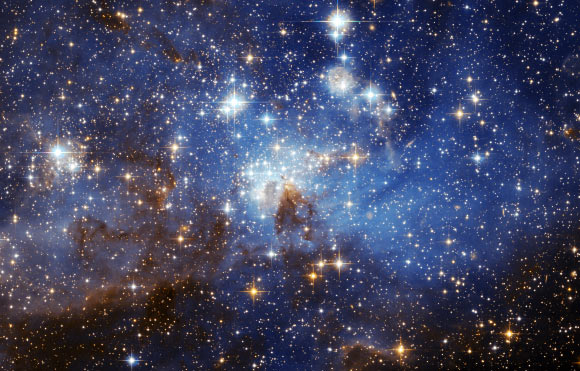
In the space around us, on Earth, in the Solar System and our Milky Way Galaxy, as similar objects get farther away, they look fainter and smaller. Their surface brightness, that is the brightness per unit area, remains constant.
In contrast, the Big Bang theory tells us that in an expanding Universe objects actually should appear fainter but bigger. Thus in this theory, the surface brightness decreases with the distance. In addition, the light is stretched as the Universe expanded, further dimming the light.
So in an expanding Universe the most distant galaxies should have hundreds of times dimmer surface brightness than similar nearby galaxies, making them actually undetectable with present-day telescopes.
But that is not what observations show, as demonstrated by this new study published in the International Journal of Modern Physics D.
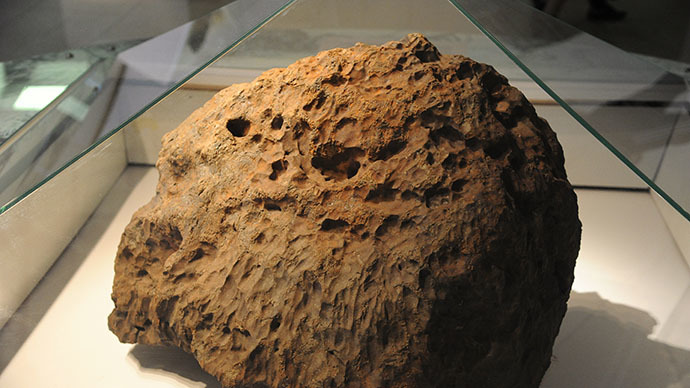
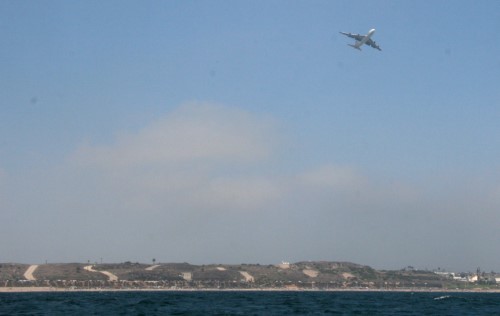
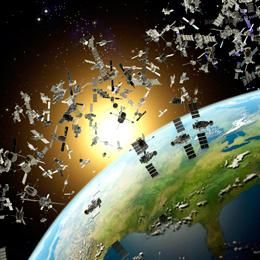
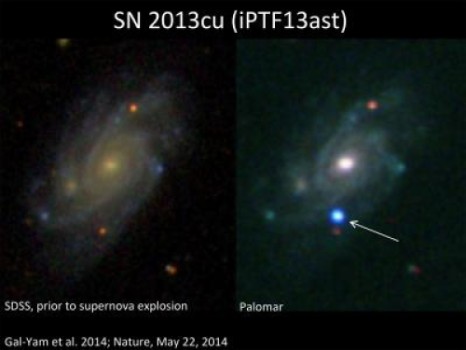
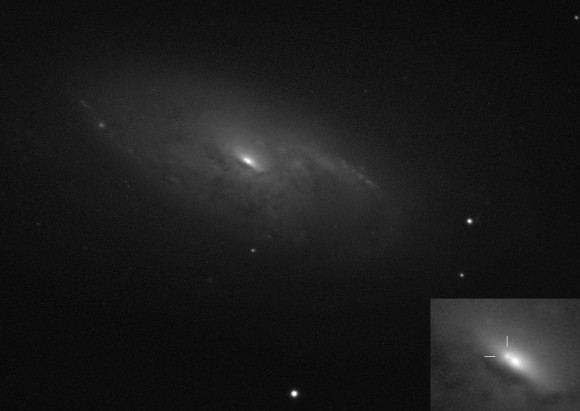
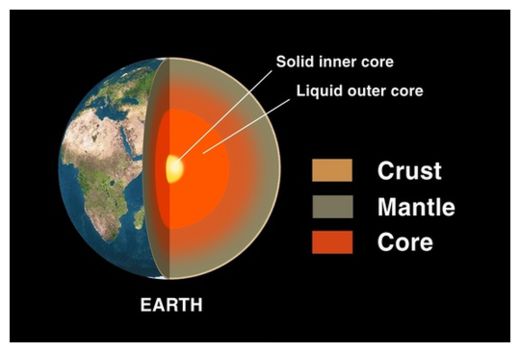

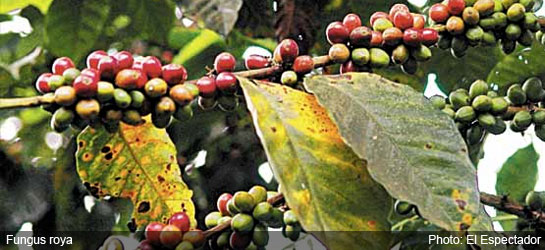




Comment: Those in the know understand that the Chelyabinsk meteorite is only the opening show:
Astronauts reveal sobering data on asteroid impacts: Since 2001, 26 atomic-bomb-scale explosions have occurred in remote locations around the world
'Every' meteorite fall on earth mapped
We live in a cosmic shooting gallery
Crowded Skies
Meteorites, Asteroids, and Comets: Damages, Disasters, Injuries, Deaths, and Very Close Calls